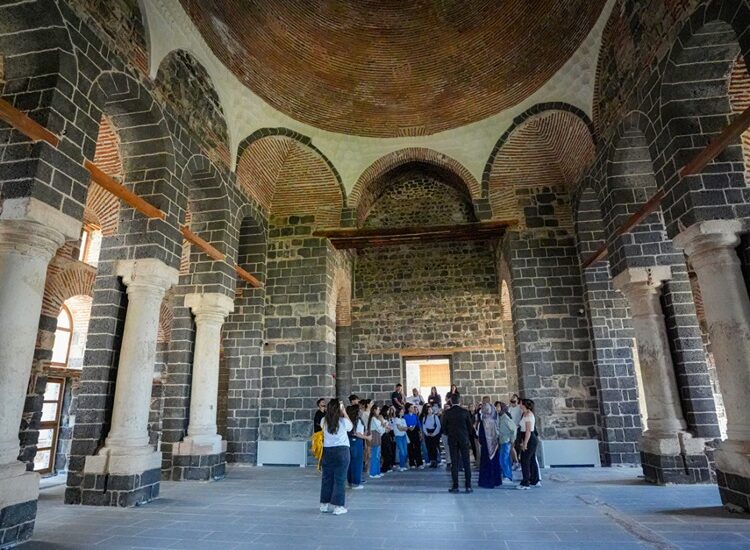
Unique Architectural Detail Unveiled: The “Fingerprint Dome” of Saint George Church Reopens in Diyarbakır
The 1,800-year-old Saint George Church in Diyarbakır has reopened after a meticulous restoration, revealing a striking architectural feature: a brick dome resembling a human fingerprint. Believed to carry the personal mark of its ancient architect, the structure is drawing thousands of visitors and renewed global attention.
Located within the historic İçkale Museum Complex, the Saint George Church suffered damage during the February 2023 Kahramanmaraş earthquakes. Following two years of restoration under the Turkish Ministry of Culture and Tourism, the building was reopened to visitors on August 10.
The restoration introduced a glass roof to the outer dome and reinforced the inner brick structure, exposing a swirling pattern that resembles a human fingerprint. Since reopening, more than 35,000 visitors have come to see what many describe as one of Anatolia’s most extraordinary examples of early Christian architecture.
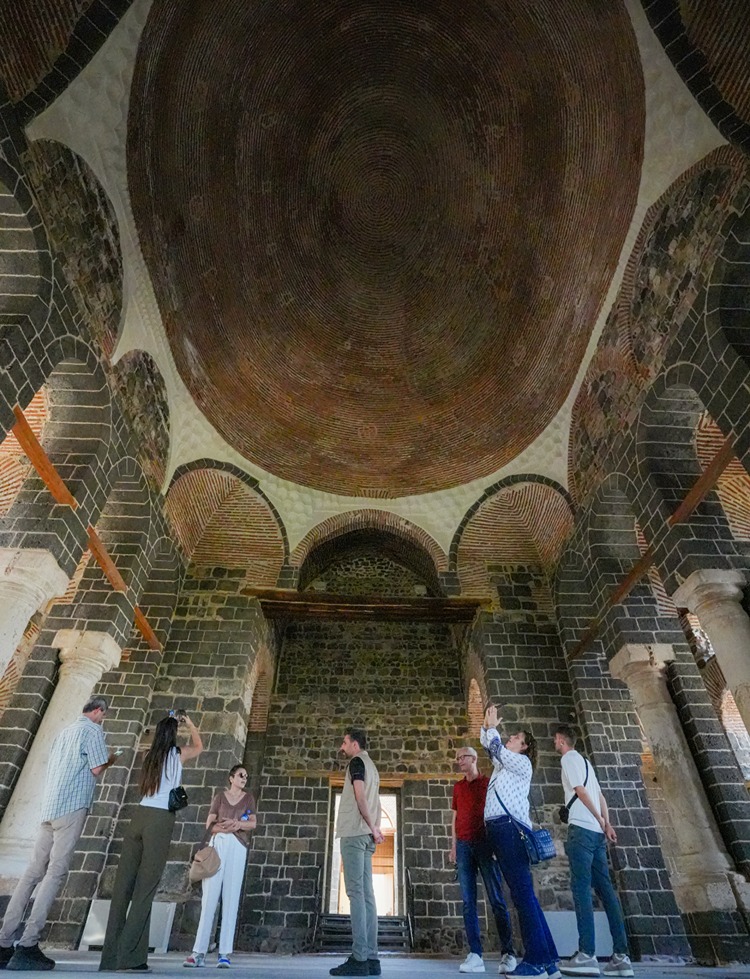
Müjdat Gizligöl, Acting Director of the Diyarbakır Museum, said:
📣 Our WhatsApp channel is now LIVE! Stay up-to-date with the latest news and updates, just click here to follow us on WhatsApp and never miss a thing!!
“The dome’s fingerprint-like pattern is believed to be the architect’s own mark. This detail has become the church’s defining feature, and visitor interest has been remarkable.”
Historical Background
Originally built in the 4th century AD in honor of Saint George—one of Christianity’s most venerated figures—the church later served as a Sasanian palace and, in the 12th century, as a madrasa. Today, it functions both as a museum and art gallery, blending ancient spirituality with modern cultural life.
As part of the Diyarbakır Culture Route Festival, the venue will soon host an exhibition featuring works by Pablo Picasso.
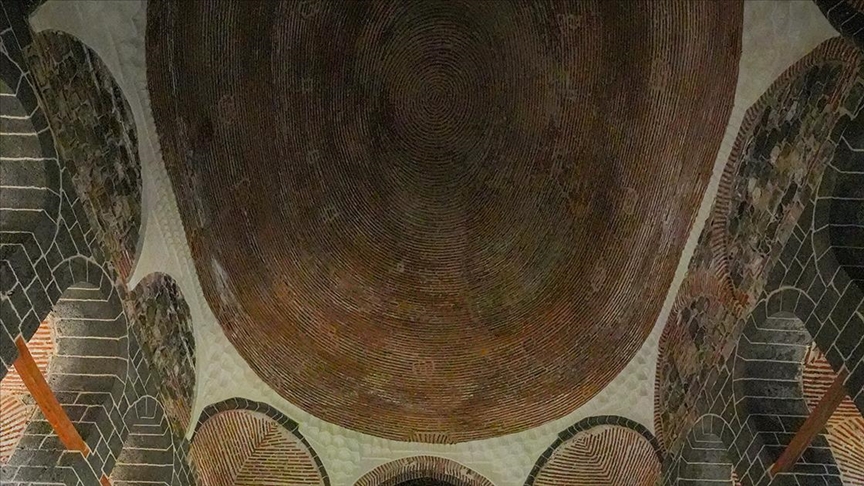
Visitor Impressions
Photographer Osman Haşlamacıer from Mardin remarked, “The fingerprint pattern is unlike anything I’ve seen elsewhere. It’s as if the architect intentionally left a trace of himself.”
Esra Aslantepe, visiting from Istanbul, added, “It’s a magnificent structure. Seeing the architect’s mark inside the dome is an unforgettable experience.”
Architectural Significance
Experts note that the spiral brickwork of the dome combines Byzantine and pre-Islamic Mesopotamian engineering techniques, enhancing both acoustic balance and structural durability. The result is an architectural masterpiece where craftsmanship meets symbolism.
Cover Image: Visitors inside the 1,800-year-old Saint George Church in Diyarbakır, whose brick dome resembles a human fingerprint. (Credit: Bestami Bodruk/AA)
You may also like
- A 1700-year-old statue of Pan unearthed during the excavations at Polyeuktos in İstanbul
- The granary was found in the ancient city of Sebaste, founded by the first Roman emperor Augustus
- Donalar Kale Kapı Rock Tomb or Donalar Rock Tomb
- Theater emerges as works continue in ancient city of Perinthos
- Urartian King Argishti’s bronze shield revealed the name of an unknown country
- The religious center of Lycia, the ancient city of Letoon
- Who were the Luwians?
- A new study brings a fresh perspective on the Anatolian origin of the Indo-European languages
- Perhaps the oldest thermal treatment center in the world, which has been in continuous use for 2000 years -Basilica Therma Roman Bath or King’s Daughter-
- The largest synagogue of the ancient world, located in the ancient city of Sardis, is being restored

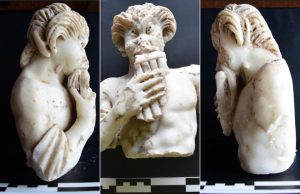
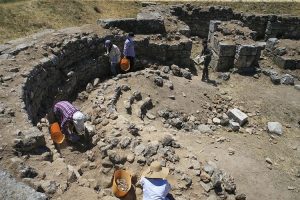
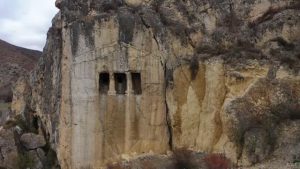
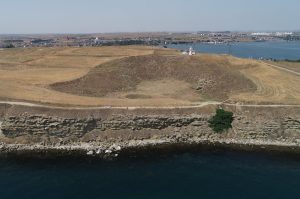

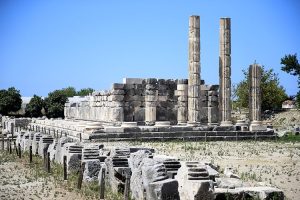


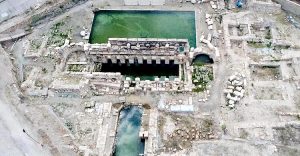
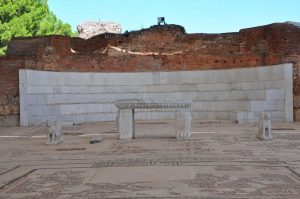
Leave a Reply